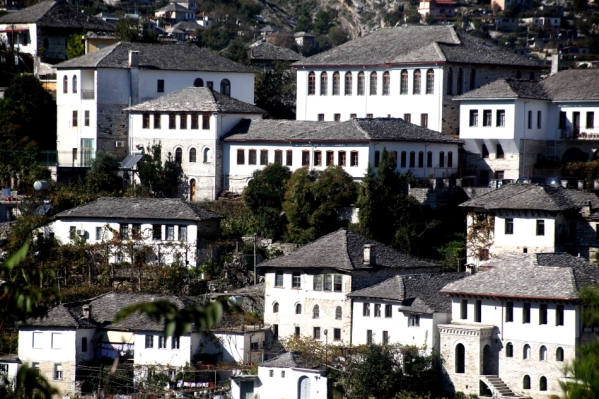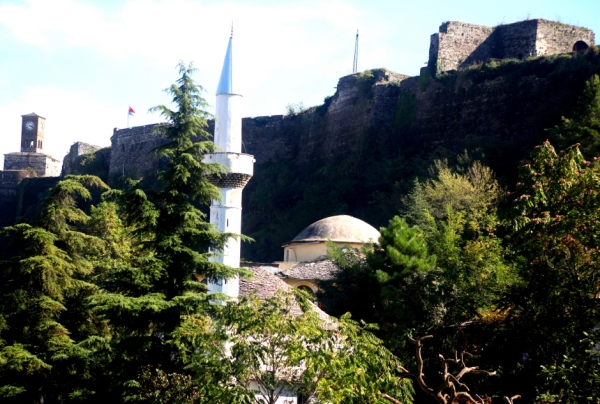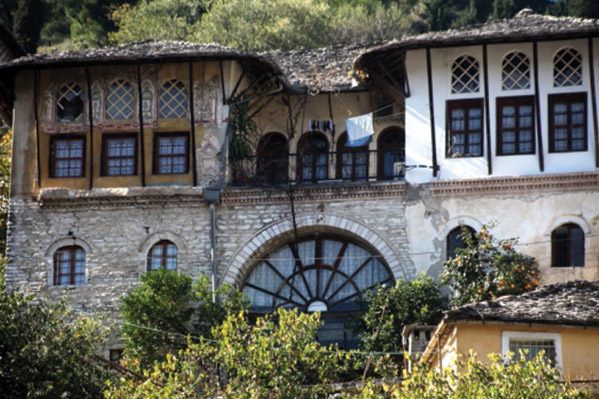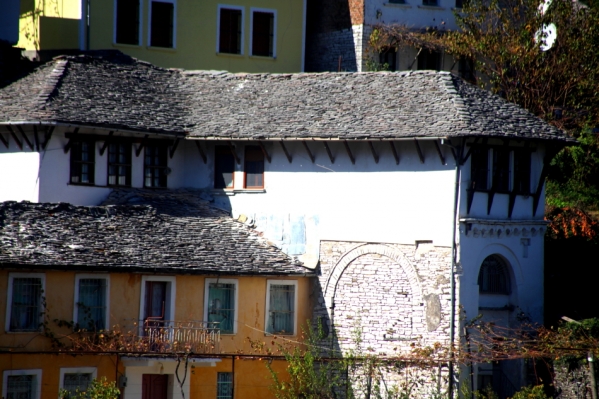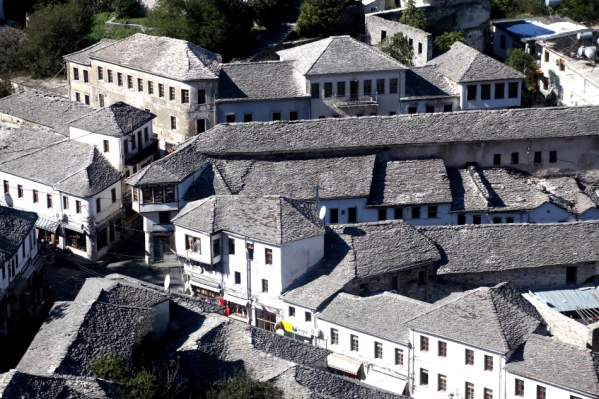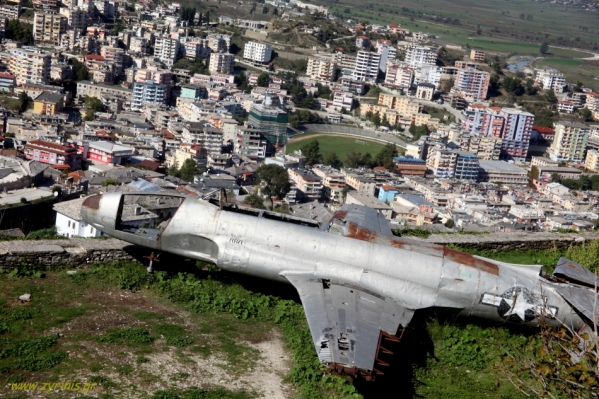The region of Gjirokaster
Gjirokaster, a city of a great historic past, turns into a tourist attraction really quickly, not only from neighboring countries around Albania but also from other distant regions.
The town of Gjirokaster, birthplace of Enver Xoxha and Ismail Kadare, an author of international reputation, bears signs of local, Byzantine, Ottoman and Enver Xoxha’s history. The last one ruled Albania for about 40 years.
Gjirokaster, which is located in the south of Albania and has a population of about 30,000 inhabitants, is a city-jewel for all mankind.
Inquiry form
The historic city center constitutes a World Heritage of UNESCO, since 2005 and with the innumerable houses of stone, composes a rich “mosaic”, which proves the rich legacy left behind by those who inhabited the area over the centuries.
Being hanged by a rock on the slopes of the Valley of the Drin, the unique architecture of Gjirokaster harmonizes with its surroundings; the houses are made of stone, as if they were a natural continuation of the landscape.
Ismail Kadare describes extraordinarily the color and the atmosphere of the city in one of his books (Chronicle in Stone, 1971), which takes place in Gjirokaster: He writes that everything in the city is ‘old and made of stone, from the streets and fountains to the roofs of old houses.
There is something special about this city. Besides, it can’t be such coincidence that two of the most influential figures-each and every of them gained reputation for a different reason- was born in Albania in the 20th century. Enver Hoxha ruled Albania from 1944 until his death in 1985. Originally from Bektashi family (order of Sufi Islam), Hoxha ruled for forty years in Albania. Today, the house, where he was born, has turned into an ethnographic museum.
Gjirokaster gave birth to Ismail Kadare, who in the long course of world literature managed to seduce the public and critics. He won the Nobel Prize for Literature and the first Booker Prize (2005).
Although there is some evidence to support that the city was inhabited in the first century BC, historical sources indicate that the Gjirokaster was founded in the 12th century under the Byzantine Empire. It became a big mall during the Byzantine period, before it ends up to the Ottomans in 1417 and becomes the administrative and commercial center.
According to Turkish travelers who visited the city in 1670, at that time Gjirokaster had about two thousand houses, eight mosques, three churches, two hundred and eighty shops five sources five inns. Greatness! As for the two hundred stone buildings that surround us and I’m looking forward to photo shooting them, date from that period.
The Ottomans fled officially from Albania between 1912 and 1913 as a result of the First Balkan War. In the following four decades until 1944, the city changed ‘notables’ several times, when Gjirokaster changed definitively into the sovereignty of Albania.
Under the communist regime, the city developed into an industrial and commercial center and the regime of the city- museum’s status as the birthplace of Enver Hoxha was given.
The cultural heritage of Gjirokaster
This whole history of Gjirokastra is reflected in “traces” left behind by the various inhabitants, over the centuries and, today it constitutes a major tourist attraction in the region.
The most famous sight of Gjirokastra is the Gjirokaster Fortress (in Albanian: Kalaja e Gjirokaster), which manages to unite all important “pieces” of the city’s history. Dating from the pre-Christian era, it had existed in various forms before the 13th century, when finally, under the byzantine rule it took its current form.
The castle is well preserved until today and has been renovated several times over the centuries, with the most significant effort to have been done in the 19th century, by Ali Pasha, ruler of Tepelene.
The castle dominates the town and overlooks the strategically important route along the river valley. It is open to visitors and contains a military museum featuring captured artillery and memorabilia of the Communist resistance against German occupation, as well as a captured United States Air Force plane to commemorate the Communist regime’s struggle against the “imperialist” western powers.
Today it possesses five towers and houses, the new Gjirokastër Museum, a clock tower, a church, a cistern, the stage of the National Folk Festival, and many other points of interest.
The castle’s prison was used extensively by Zog’s government and housed political prisoners during the Communist regime.
The old market (Pazari i vjeter) is a must-tour that should be taken into account when visiting Gjirokaster. It was originally built in the 17th century and it was rebuilt for a second time after a fire. There are innumerable stone houses and, especially during the summer months, the atmosphere in the narrow area is very “alive”, with people exploring every corner of the region and musicians playing live music.



